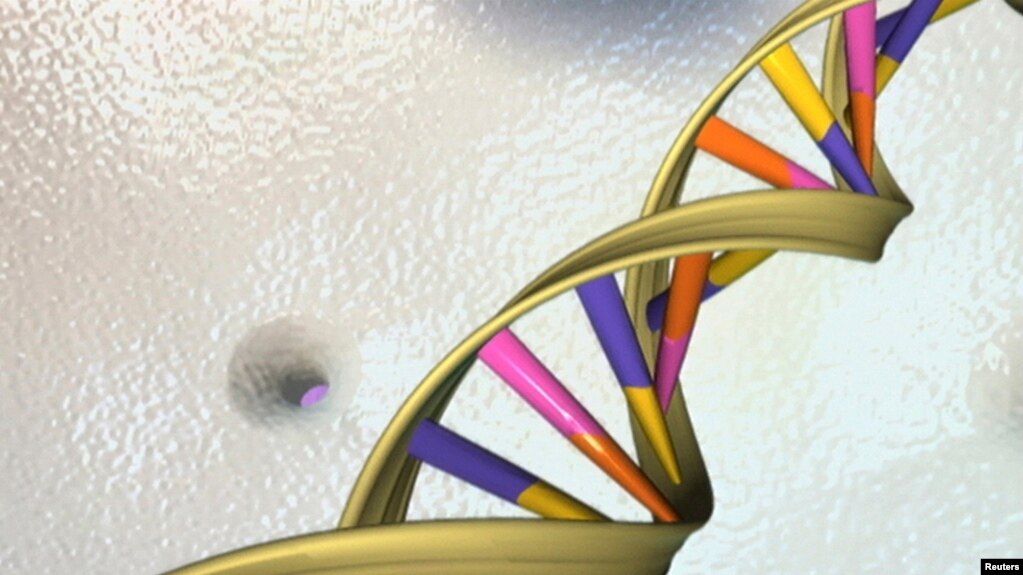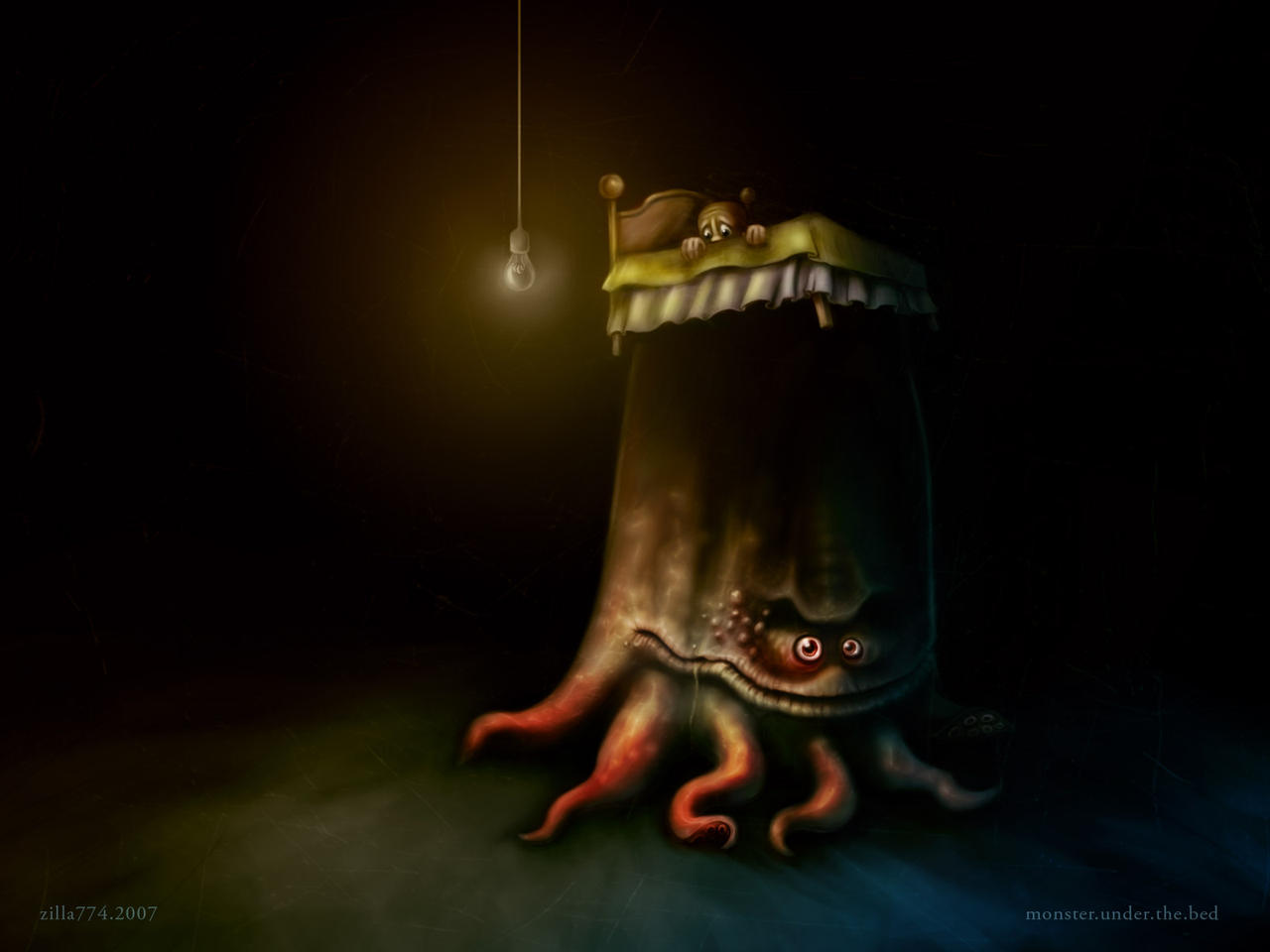Scientists Take Step Toward Creating Artificial Life...
US Scientists Take Step Toward Creating Artificial Life
November 29, 2017 — In a major step toward creating artificial life, U.S. researchers have developed a living organism that incorporates both natural and artificial DNA and is capable of creating entirely new, synthetic proteins.
US Scientists Take Step Toward Creating Artificial Life
November 29, 2017 — In a major step toward creating artificial life, U.S. researchers have developed a living organism that incorporates both natural and artificial DNA and is capable of creating entirely new, synthetic proteins.
The work, published in the journal Nature, brings scientists closer to the development of designer proteins made to order in a laboratory. Previous work by Floyd Romesberg, a chemical biologist at the Scripps Research Institute in La Jolla, California, showed that it was possible to expand the genetic alphabet of natural DNA beyond its current four letters: adenine(A), cytosine(C), guanine (G) and thymine(T). In 2014, Romesberg and colleagues created a strain of E. coli bacteria that contained two unnatural letters, X and Y.

A DNA double helix is seen in an undated artist's illustration released by the National Human Genome Research Institute
In the latest work, Romesberg's team has shown that this partially synthetic form of E. coli can take instructions from this hybrid genetic alphabet to make new proteins. "This is the first time ever a cell has translated a protein using something other than G, C, A or T," Romesberg said. Although the actual changes to the organism were small, the feat is significant, he said in a telephone interview. "It's the first change to life ever made."
Objective: Treatments for diseases
It's a goal Romesberg has been working toward for 20 years. Creating new forms of life, however, is not the main point. Romesberg is interested in using this expanded genetic alphabet to create new types of proteins that can be used to treat disease. In 2014, he formed a company called Synthorx Inc., which is working on developing new protein-based treatments. "A lot of proteins that you want to use as drugs get cleared in the kidney very quickly," Romesberg said. The new system would allow scientists to attach fat molecules to drugs to keep them in the body longer.
Romesberg is aware that the creation of semisynthetic organisms might raise concerns of hybrid life forms spreading beyond the lab, but the system they used makes such an escape unlikely. For example, in natural DNA, base pairs are attracted to each other through the bonding of hydrogen atoms. Romesberg's X and Y bases are attracted through an entirely different process, which prevents them from accidentally bonding with natural bases. And because cells cannot make their own X and Y without the addition of certain chemicals, the semisynthetic organisms cannot live outside a laboratory. "They can't escape," Romesberg said. "There's no 'Jurassic Park' scenario."
US Scientists Take Step Toward Creating Artificial Life


